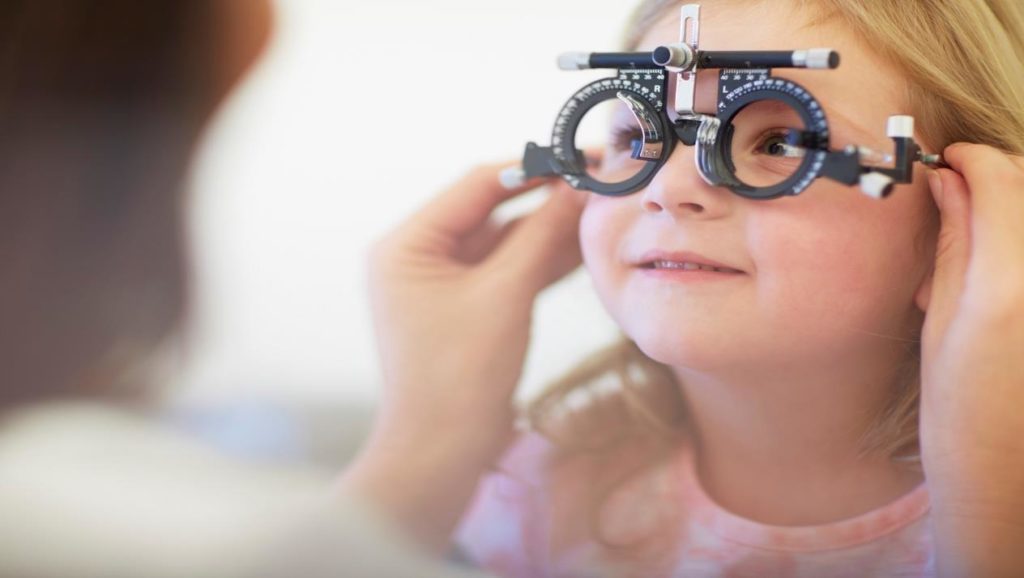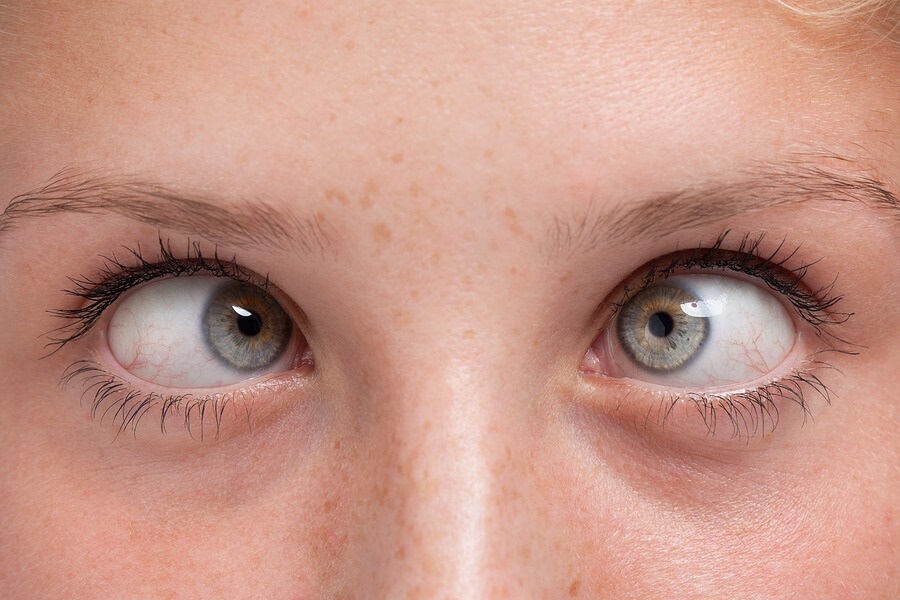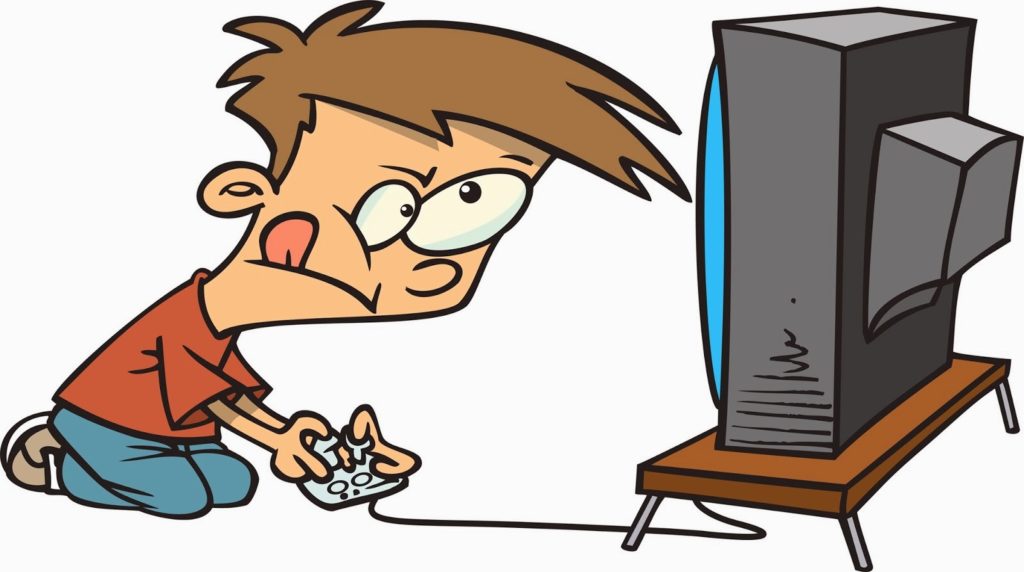
What Parents Should Know Before They Bring Their Child to an Eye Exam
As children enter kindergarten and elementary school, good vision will become an important part of learning. Here are some key facts parents should know about pediatric eye exams, and the important role they play in a child’s overall health and development.
- Vision screening for kids isn’t one and done. Because kids’ vision can change over time, child vision screenings should be done at least once a year. Some vision problems, such as nearsightedness, may not emerge until kids are older, around age 8 or 9, and growth spurts can also contribute to a rapid change in vision.
- Many parents may not even be aware that their child is experiencing vision problems until a problem is detected by a vision screening.Vision screenings are important because young children often don’t realize what is or isn’t normal, and are not likely to speak up if they’re not seeing as well as they should.
- The signs that your child may be experiencing vision problems can be subtle and can include squinting; tilting or turning the head to see something; eye misalignment (strabismus); complaining of headaches when doing visual tasks; inability to see things that are far away as well as peers/parents; trouble concentrating or fatigue in school; and having a persistent, unusual spot in his eyes in photos taken with a flash (a white spot, for example, instead of the common red eyes), which can indicate nearsightedness or in some cases, a more serious eye disease.
- Sitting close to the TV or holding things such as books very close to the face could also indicate a vision problem, but since these are common kid behaviors in all kids, parents should look for these symptoms in combination with the other signs that their child is having trouble seeing well, says Mae Millicent W. Peterseim, MD, a pediatric ophthalmologist at the Storm Eye Institute/Medical University of South Carolina.
- It is very important to catch vision problems early. Some conditions, such as amblyopia, or “lazy eye,” are most treatable when caught at a young age, and are difficult to fix if it’s diagnosed when a child is older, around age 7 or more. For instance, a child may have poor vision in one eye but see well enough with both so that the problem isn’t detected; only a vision screening that tests a child’s vision one eye at a time would detect such a problem. (Amblyopia is usually treated with glasses and sometimes patching.) “It’s heartbreaking to hear a child say, ‘I thought everyone could see better with one eye,” says Dr. Peterseim.
- Once a problem is detected, a child should undergo a comprehensive eye exam. If a screening exam indicates a vision problem, a child will be referred to an ophthalmologist or optometrist for a complete eye exam. “At an eye exam, at the eye doctor’s office, the technician will check vision and should do a test of depth perception,” says Dr. Peterseim. The doctor will check to see how well the eyes track something and how well they move and focus on objects (looking at each eye independently by covering one first and then the other). She will also examine the retina and optic nerve and check the eyes for any signs of infection or disease.
- There are exciting new screening tests for children. “Newer instrument-based screening works well and can pick up problems in children earlier,” says Dr. Peterseim. “A child looks at the device with a twinkling light and the machine detects abnormalities in a moment, like a camera, so minimal cooperation is needed.” This method is a bit more expensive, but it’s fast, easy, and effective. New AAP policy is recommending instrument-based screenings for children as young as 12 months old, says Dr. Peterseim.
- Eye exams are particularly important for school-age children. Children learn a lot visually in the classroom, and poor vision can have a negative effect on how a child does in school. That’s why it’s particularly important for school-age children to continue to get regular vision screenings, whether at school or at the doctor’s office.
- Parents play an important role in protecting kids’ vision. Follow up on screening test results and/or if you spot any signs your child may have a vision problem. Look for a pediatric ophthalmologist or optometrist, or a doctor who is comfortable with children and is experienced in caring for kids’ eyes. For instance, kids tend to peek when asked to cover one eye, so a doctor should know to use a patch or cover an eye well during the exam. Doctors should also dilate pupils during an eye exam. “It is important that the child have drops to dilate the pupils to determine if he really needs glasses,” says Dr. Peterseim. “Some doctors skip this step. If your child’s eye doctor doesn’t do this, a parent should ask, or go somewhere else.”


Vision Facts and Myths
Reviewed by: Jonathan H. Salvin, MD
Old wives’ tales abound about the eyes. From watching TV to eating carrots, here’s the lowdown on some vision facts and fiction.
Myth: If you cross your eyes, they’ll stay that way.
Fact: Contrary to the old saying, eyes will not stay that way if you cross them. If your child is crossing one eye constantly, schedule an evaluation by an ophthalmologist.
Myth: Sitting too close to the TV is bad for the eyes.
Fact: Although parents have been saying this ever since TVs first found their way into our homes, there’s no evidence that plunking down right in front of the TV set damages someone’s eyes. The American Academy of Ophthalmology (AAO) says that kids can actually focus up close without eyestrain better than adults, so they often develop the habit of sitting right in front of the television or holding reading material close to their eyes. However, sitting close to a TV may be a sign of nearsightedness.
Myth: If parents have poor eyesight, their kids will inherit that trait.
Fact: Unfortunately, this one is sometimes true. If you need glasses for good vision or have developed an eye condition (such as cataracts), your kids might inherit that same trait. Discuss your family’s visual history with your doctor.
Myth: Eating carrots can improve vision.
Fact: Although it’s true that carrots are rich in vitamin A, which is essential for sight, so are many other foods (asparagus, apricots, nectarines, and milk, for example). A well-balanced diet can provide the vitamin A needed for good vision, says the AAO.
Myth: Computer use can damage the eyes.
Fact: According to the AAO, computer use won’t harm the eyes. However, when using a computer for long periods of time, the eyes blink less than normal (like they do when reading or performing other close work). This makes the eyes dry, which may lead to a feeling of eyestrain or fatigue. So encourage your kids to take frequent breaks from Internet surfing or video games.
Myth: Two blue-eyed parents can’t produce a child with brown eyes.
Fact: Two blue-eyed parents can have a child with brown eyes, although it’s very rare. Likewise, two brown-eyed parents can have a child with blue eyes, although this is also uncommon.
Myth: Only boys can be color-blind.
Fact: It’s estimated that up to 8% of boys have some degree of color blindness, whereas less than 1% of girls do.
Myth: The eye is full size at birth.
Fact: The eye is NOT full size at birth but continues to grow with your child. This growth partially accounts for refractive (glasses) changes that occur during childhood.
Myth: Wearing glasses too much will make the eyes “dependent” on them.
Fact: Refractive errors (near-sightedness, far-sightedness, or astigmatism) change as kids get older. Many variables come into play, but most of this change is likely due to genetics and continues despite wearing glasses earlier or later or more or less. Wearing glasses does not make the eyes get worse.

An incredible 1.6 billion people worldwide suffer from some form of nearsightedness (myopia), which can vary from being mild to severe.
Myopia is the world’s most common eyesight problem, but in the last two decades there has been a significant increase in the number of children being diagnosed with the condition.
Recent research suggests that a quarter of children now need glasses to correct blurred distance vision caused by myopia.
A study carried out has found that a lack of outdoor activity (less than 45 minutes a day) and a general increase in the amount of time (more than 2 hours a day) spent using near vision (video games, computers) can affect eye development in children.
Reducing the risk of myopia
There is a genetic link to the development of myopia, with those who have a familial history of the eye condition being more likely to suffer from it too.
For children who are predisposed to developing myopia, it was suggested that they spend at least 15 hours a week outside and minimize the amount of time doing long stints of activities that require near vision.
Simple changes, such as increasing the amount of time outdoors and limiting the use of liquid crystal monitors at close range (laptops, computer games etc) can help reduce the risk of developing myopia.








